The different waltz dance styles include classic American waltz, International style waltz, Viennese waltz, C&W waltz, Cajun waltz and many others. Waltz evolved from forms of earlier dances in the mid-eighteen hundreds along with the popularity of Johann Strauss’s music. The term waltz originated from the Italian word “volver,” which means revolve or turn. It is one of the first dances where dancers took a close embrace facing each other. The dance was not immediately accepted by the upper class and was considered scandalous because of the facing close embrace.
Waltz music is written in three beat increments and this is a requirement of waltz. First determine a song has a three beat rhythm that usually is similar to a boom-tick-tick with a strong downbeat followed by two upbeats (generally a higher tone). Waltz music is written in ¾ time and usually counted in phases as 123, 456. Tempo averages 120 BPM’s for slow waltz but is about twice as fast for the Viennese waltz.

Waltz Dance Characteristics
All of the forms of waltz dance styles use some rise and fall starting with a flexed knee and gradually reaching the highest rise in the dance on count 3 and 6. The feet do not leave the floor and the movement glides around the dance floor in a counterclockwise direction using right and left box turns and other movements like progressive steps, series of non-turning half boxes and a few movements for flourish. The knees bend at the same time so there is no hip movement but rather a swing through the movement using heel leads on the first beat of three moving forward. Partners use a slight offset position with the follow slightly to the lead’s right side with the head and spine held leftward without dipping the shoulders.
Most cultures have a form of waltz dancing to three beat rhythms but we will cover some of the characteristics of the three Waltz dance styles in Ballroom Dancing and the Waltz in Country Western dancing plus Viennese waltz, Country Western waltz, International waltz and American waltz. What follows are some simple basic ways to distinguish the four styles of waltz, some music recommendations and a few videos from our video gallery of the various waltz dance styles.
THE WALTZ DANCE STYLES

Viennese waltz dance style at the Viennese Ball
Viennese Waltz
For the Viennese waltz dance style, the tempo is near 200 beats per minute (BPM’s) then the best waltz dance style is a Viennese waltz, which is much faster than the other forms of waltz. While the preferred music is an authentic Strauss waltz, other composers and types of music may exhibit the three count fast tempo that works well for Viennese waltz. There is less rise and fall, as well as, less sway in the Viennese style of waltz since it moves so rapidly. Here is a Viennese waltz team video from 1999 at the Dancetime Center’s showcase. This waltz dance style is a blend of classic American ballroom style Viennese waltz and some folk waltz dance style elements.
Country Western Waltz
In country western dance clubs, the most common waltz dance style is obviously C&W Waltz which provides a great deal of freedom of movement that includes the other forms of waltz but is danced to a slower tempo than Viennese waltz. Some dance educators believe that this form of waltz is either the same as or very similar to the American style waltz. While this is a reasonable assumption, the country western waltz uses movements that are not particularly common in American style waltz, for instance, dancers frequently dance in shadow position, whereas in American the majority of movements are done in a one hand hold in closed, promenade or outside partner position.
The country western waltz also uses running progressive steps more often than the other forms of waltz. Most of the movements in American waltz can be done in country western waltz. The main difference is the music, that is, country western style waltzes (and maybe boots). Here is a beautiful country western waltz performance performed by Dan Gibbons and Pam Ford.
International Waltz
In the International waltz style, dance partners maintain a closed position throughout the dance unlike the American waltz. It is not customary to use th eopen position in the International waltz. Also, it was heavily standardized in the early twentieth century in England to make it easier for judging panels for scoring. This process of standardization made the International waltz the perfect form for dance sport. This form of waltz is the most common form of waltz for competitions.
The music is similar to waltz music commonly used for American style waltz but competition music is slower. The American and International waltzes over the years are trending to share most of the movements and at times it is difficult to distinguish them. Here is a gorgeous International style waltz with Dan Gibbons and Adrianna Pacheco at Pattie Wells’ Dancetime’s showcase.
American Waltz
In the United States, social dancers commonly dance the American Waltz dance style. Waltz is one of the most popular forms for social dancing in the United States. In addition, it is also popular in other parts of the world. The waltz is versatile using all the dance positions like closed, promenade, shadow and outside partner. The American style waltz has a large number of movements and patterns. Also, it moves like the other forms counterclockwise around the dance floor. This dance is a popular form for performances and is also done in Amercian style Dance Sport competitions. Check out this video of Jim Desmond and his Pro-Am partner dancing a waltz.
The American Waltz style is included in most Ballroom Dance Lessons to introduce the basics of dance. Ballroom dance instruction should include the waltz box step, turning box, hesitation and standard timing. Also, lessons should include lead/follow techniques, timing, rise & fall and turning technique. All the dance categories including social, performance and Dancesport categories use these movements, elements and techniques. Subsequently, it’s a great way to learn the essential elements of dance and build a great foundation. The American style waltz is still dance in most social ballroom dance venues in the United States in present day. The International and American style waltzes are more similar now than they were in the past.
Characteristics of the Waltz
Viennese Waltz connection and turn technique 2012
The different waltz dance styles all contain similar characteristics; three beat rhythm and rise & fall. Additional characteristics include the exclusion of any Latin hip movements and using heel leads. Also, good form for waltz includes the use of contra-body movement (CBM), turn technique and connection through the frame. Waltz dance styles include many different genres and regional variations. None-the-less, it seems timeless in its fluid movement, three beat rhythm and romantic melodies. The waltz dance is popular in almost every country in the world.
Additional Waltz Dance Resources
- Waltz dance articles at Waltz Dance Articles
- Read about other dance genres at: Other Dance Styles
- Waltz & Such Vintage Social Dancing in San Diego


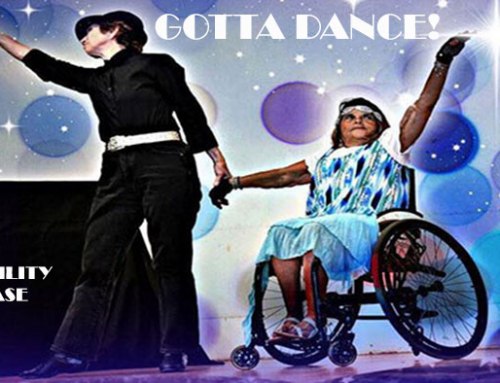
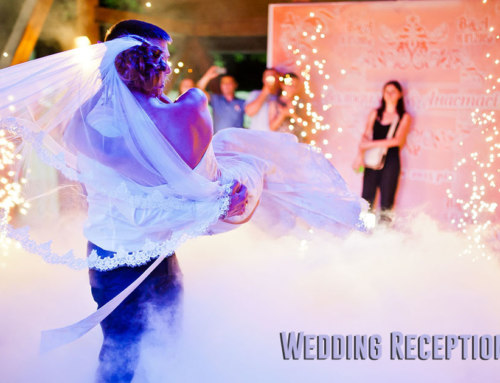
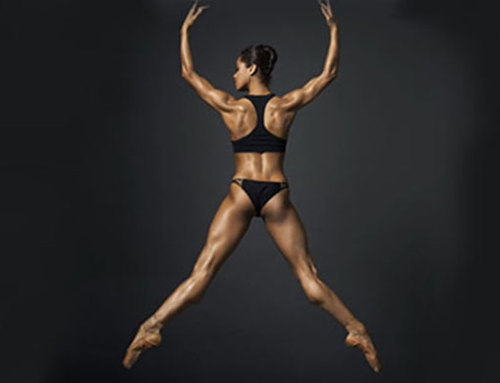
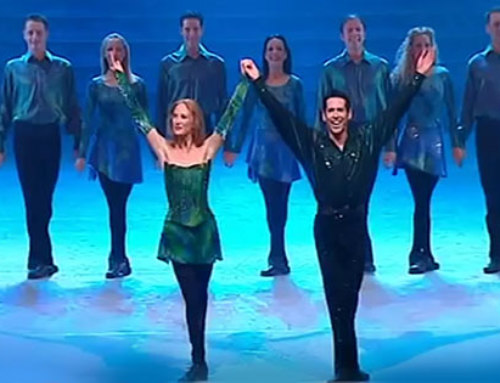
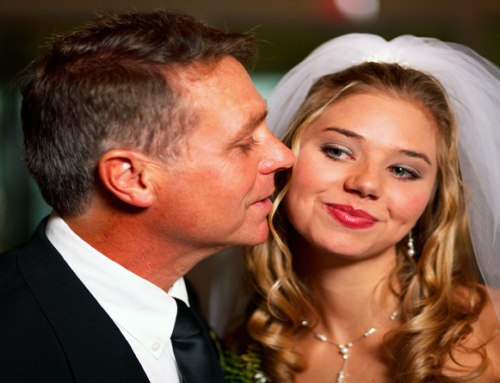
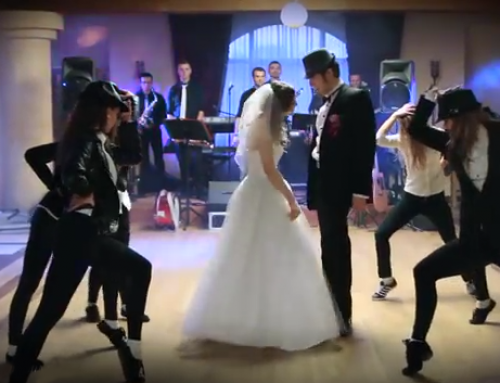
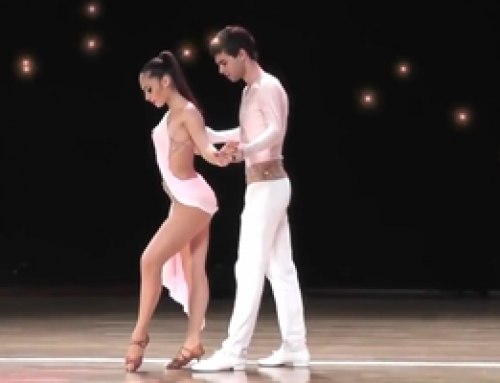
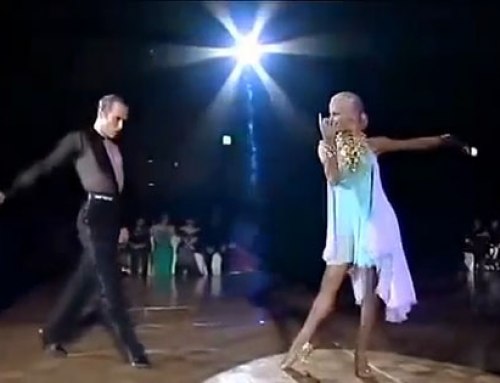
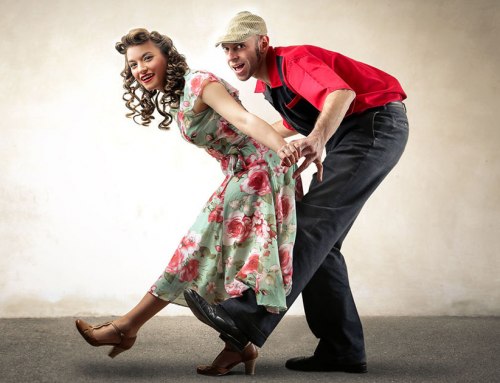
Leave A Comment
You must be logged in to post a comment.